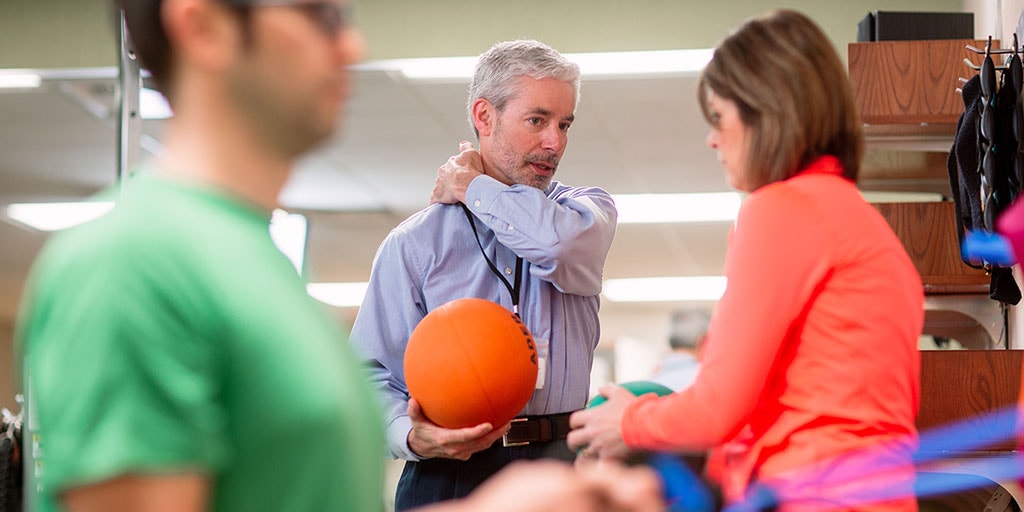Enhancing Healing Via Cardiovascular Physical Treatment in the Process of Post-Surgical Rehabilitation
Enhancing Healing Via Cardiovascular Physical Treatment in the Process of Post-Surgical Rehabilitation
Blog Article
Cardio-pulmonary physical therapy plays a crucial role in assisting patients heal after surgery, especially for those who have experienced procedures affecting the heart and lungs. Recovery from an operation can be a difficult process, often accompanied by pain, fatigue, and restricted mobility. However, with the right approach and support, individuals can regain their strength and improve their overall health. This type of therapy concentrates on improving the performance of the cardiac system and lungs, which is crucial for a successful healing.
One of the primary goals of cardiopulmonary physical treatment is to enhance heart and lung endurance. After surgery, patients may experience reduced endurance, making everyday activities feel more exhausting. Through a carefully planned exercise program, therapists assist patients in gradually increasing their activity levels. This may consist of activities such as walking, cycling, or targeted respiratory exercises. These exercises not only help build power but also boost lung capacity, which is vital for guaranteeing that the body gains enough air.
Additionally, cardiopulmonary physical therapy emphasizes the importance of respiratory methods. Many surgical patients may find it difficult with full breathing due to pain or restricted mobility. Therapists instruct individuals how to perform profound respiratory exercises, which can help increase the pulmonary system and eliminate any mucus that may have built up during the healing process. Proper breathing methods are crucial site here to prevent issues such as lung infections, which can occur if the lungs are not functioning effectively. By focusing on these methods, individuals can enhance their healing and general lung health.
Another critical element of this type of therapy is education. Therapists provide important insight about the recovery journey, including what patients can expect during recovery. They explain how to recognize danger signs that may indicate complications, helping individuals feel more in charge of their well-being. Comprehending the importance of physical activity in recovery allows patients to take an active part in their healing process. This enablement is crucial for fostering confidence and promoting a constructive perspective during recovery.
In conclusion, cardiopulmonary physical treatment is an integral aspect of post-operative rehabilitation for individuals experiencing cardiac and pulmonary procedures. By focusing on improving cardiovascular endurance, instructing respiratory methods, and offering knowledge, physical therapists enable patients to take charge of their recovery. This specialized therapy not only assists in bodily recovery but also enhances emotional well-being, making the process of recovery easier and more bearable. With the appropriate support and guidance, patients can successfully regain their strength and return to their daily lives.